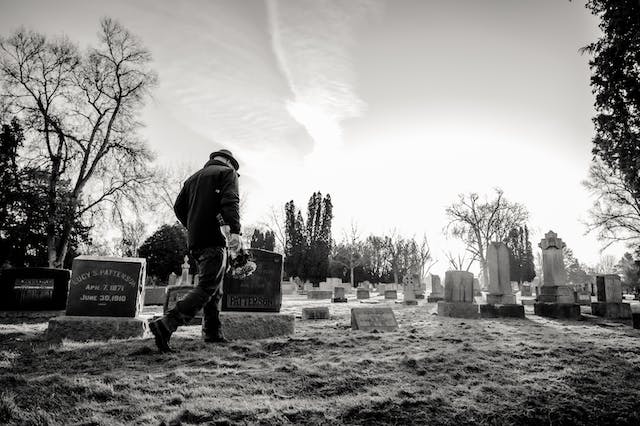Perhaps you have your funeral rituals in your place in funeral homes in Baltimore, MD. But the burial and funeral are not the same in other countries. Some countries have a unique way of burying the remains of their deceased loved ones. And in this blog post, we will show you some rituals that other countries have when burying the dead.
Antyesti, India
According to the caste, gender, and age of the departed, they are illustratively returned to the elements of creation in a certain ritual during this Hindu practice, which is translated literally as ‘final sacrifice. At least one aspect of this ritual frequently involves using a funeral pyre.
Funeral Strippers, Taiwan & China
In Taiwan, having a well-attended funeral is a topic of significant significance. Some families throw parties, hire strippers, organize dances, and prepare lavish spreads to draw crowds.
Burial Beads, South Korea
They have to be inventive with the bodies of the deceased because there is so little room for burial in South Korea. In this procedure, the body is pressed into jewelry-like beads after cremation. They are frequently painted and preserved in a vase or bottle.
Hanging Coffins, Philippines
“Stolen in remote locations and high up on mountain cliffs. The inhabitants of Sagada, Philippines, held the belief that the deceased was nearer to paradise the closer their coffin was to the sky. The dead are dressed in their nicest attire, seated in a chair, and given cigarettes in the Philippines’ “Tinguian Funeral.” The deceased have been smoking there for several weeks.
Jazz Funerals, New Orleans, USA
“This funeral practice merges traditional European and African culture and is unique to New Orleans, Louisiana, and Cajun culture. Jazz musicians play dirges and melancholy music as they carry the corpse from the funeral house or church to the burial. Afterward, the band plays merrier music at a post-funeral celebration where the deceased’s life is celebrated.”
Skull Burial, The Republic of Kiribati
“The body is unearthed, and the skull is collected a few months following the burial. The deceased’s family will preserve, oil, polish, and display this skull in their houses. Food and smoking are occasionally offered to it. The exhumation motif continues with Famadihana in Madagascar, where “they dig up their deceased every 5-7 years to take care of them.” They dance with the dead, tell stories, and re-wrap them in perfume.”
Memento Mori, Victorian England
“Death and grieving were prevalent topics during the Victorian era. Post-mortem images were frequently taken. A double exposure was used to generate “spirit photographs,” which featured a spectral image of the departed next to a solid image of the grieving. Jewelry and badge with the hair of the deceased were also prized and often given as affectionate gifts.”
Totenpass, Ancient Greece, Egypt, North-Eastern Africa
Members of various Egyptian or Semitic religions, as well as initiates of ancient cults dedicated to Orpheus and Dionysus, would carry “passports of the dead,” which were metal or stone tablets with a portrait of the dead on a single side and directive for navigating the afterlife on the other.
There are different burial rituals that you can encounter. These are just some unique ways of burying the dead in other cultures. And we know that it is not the same in funeral homes in Baltimore, MD.







